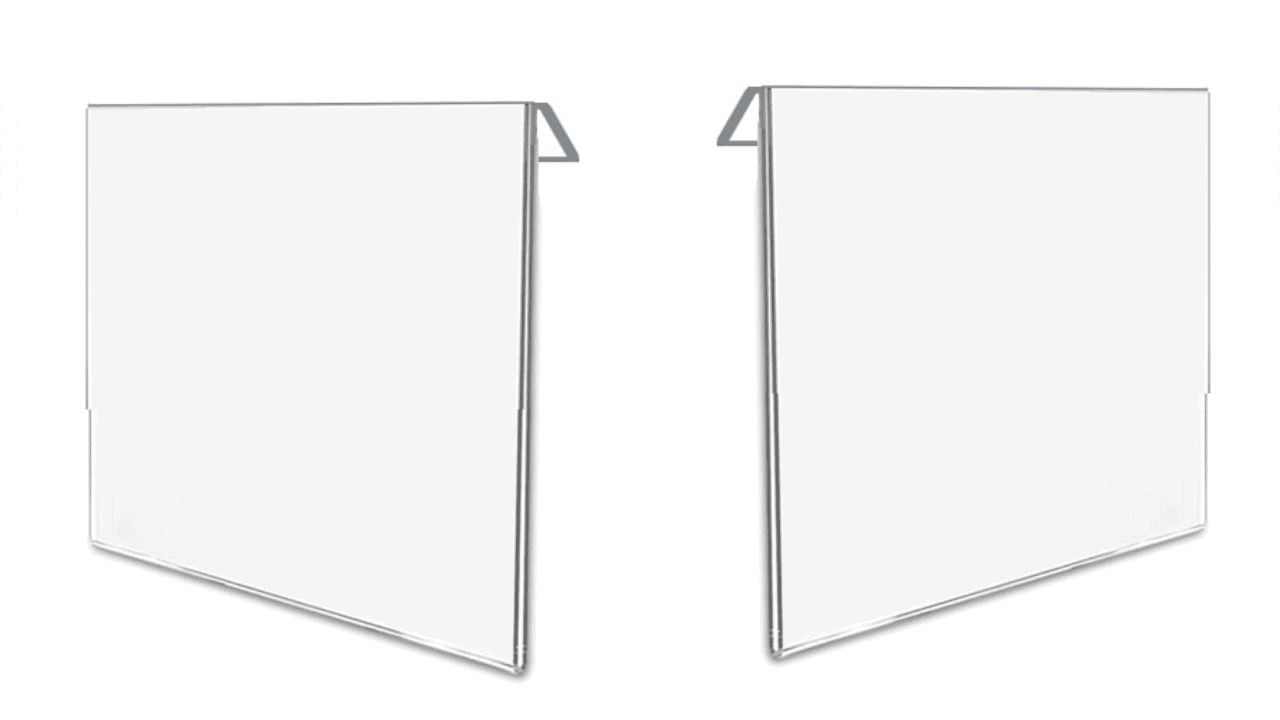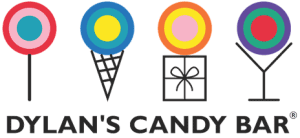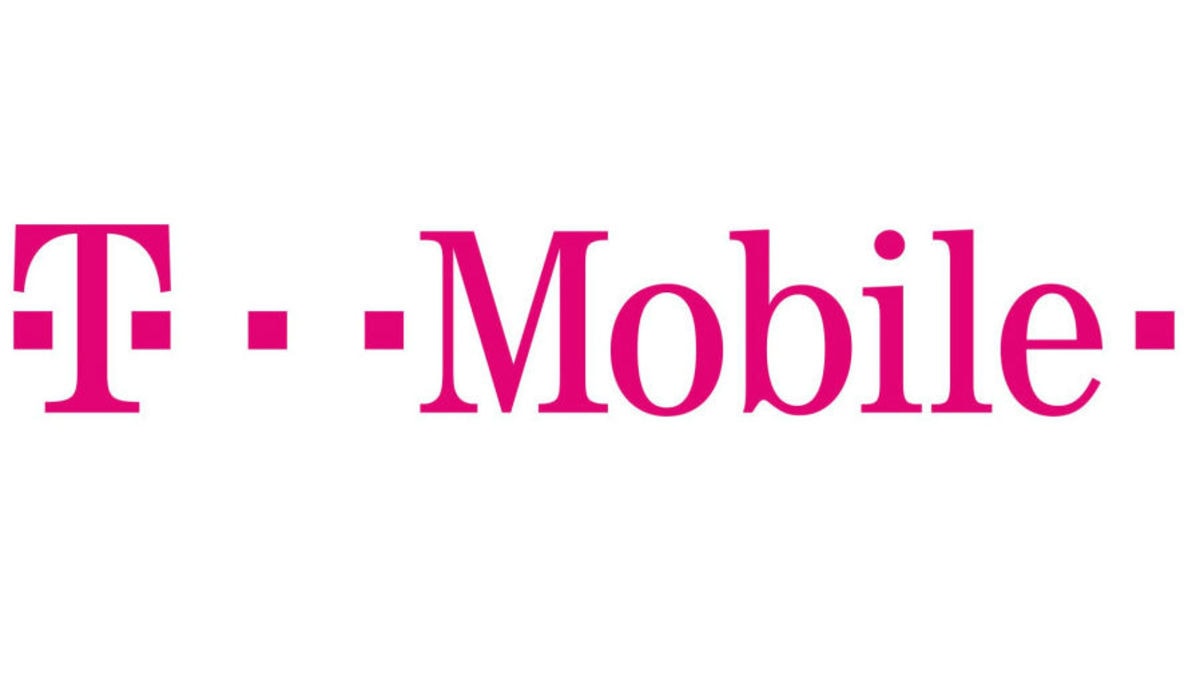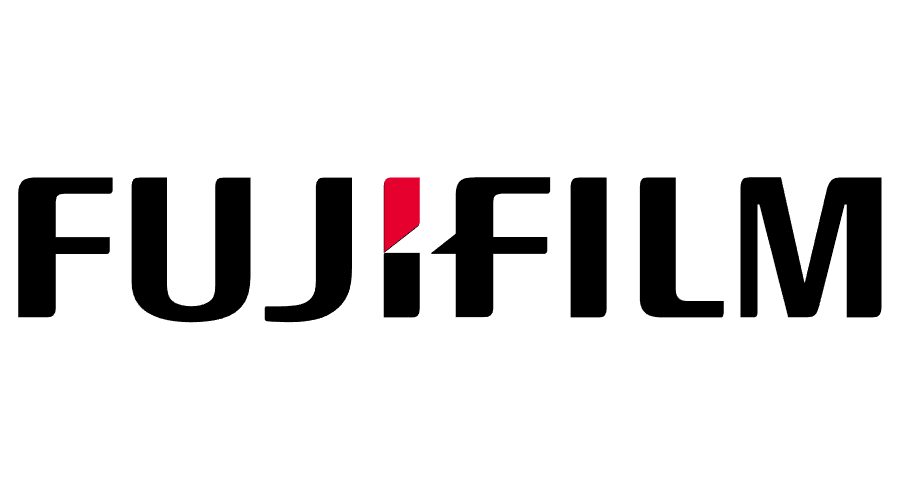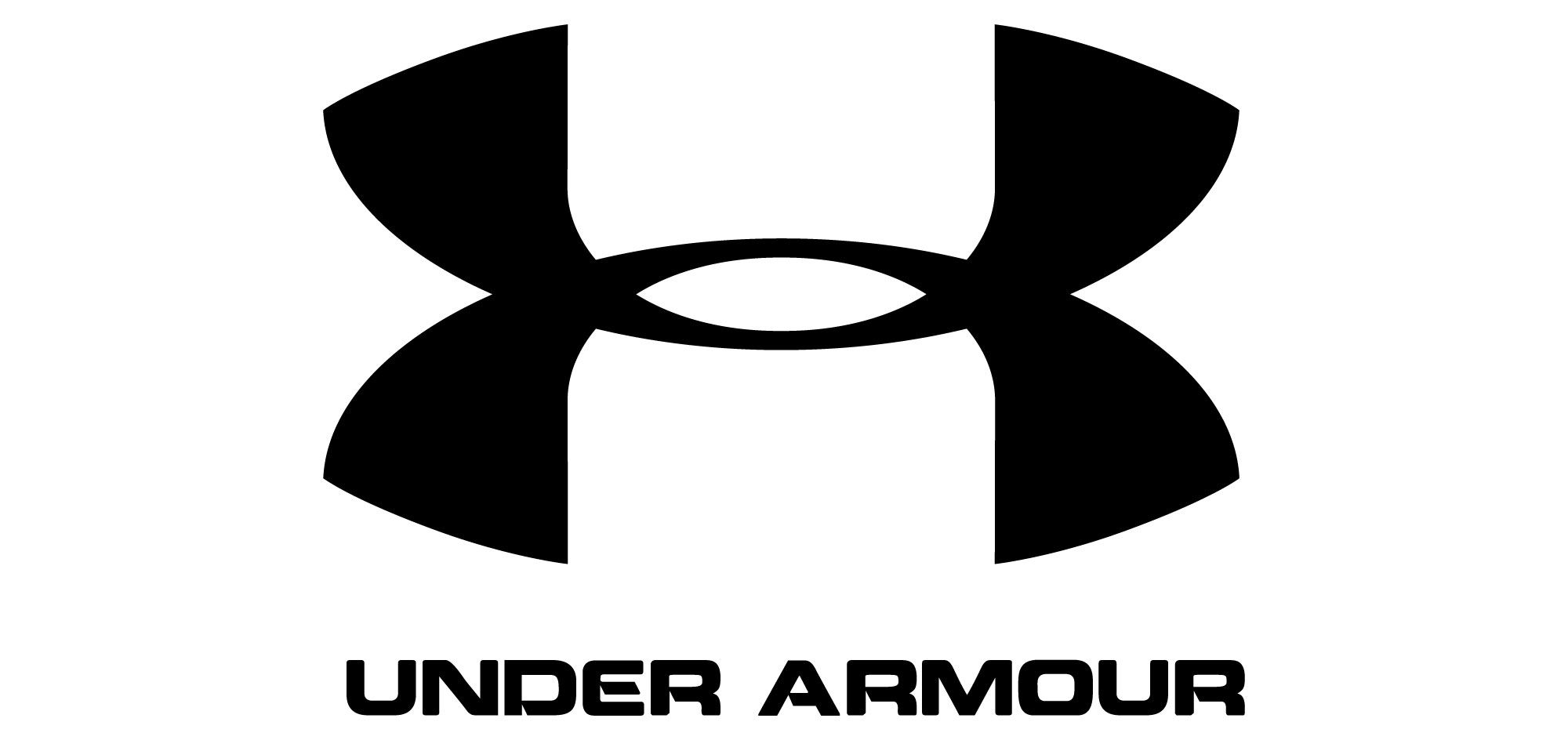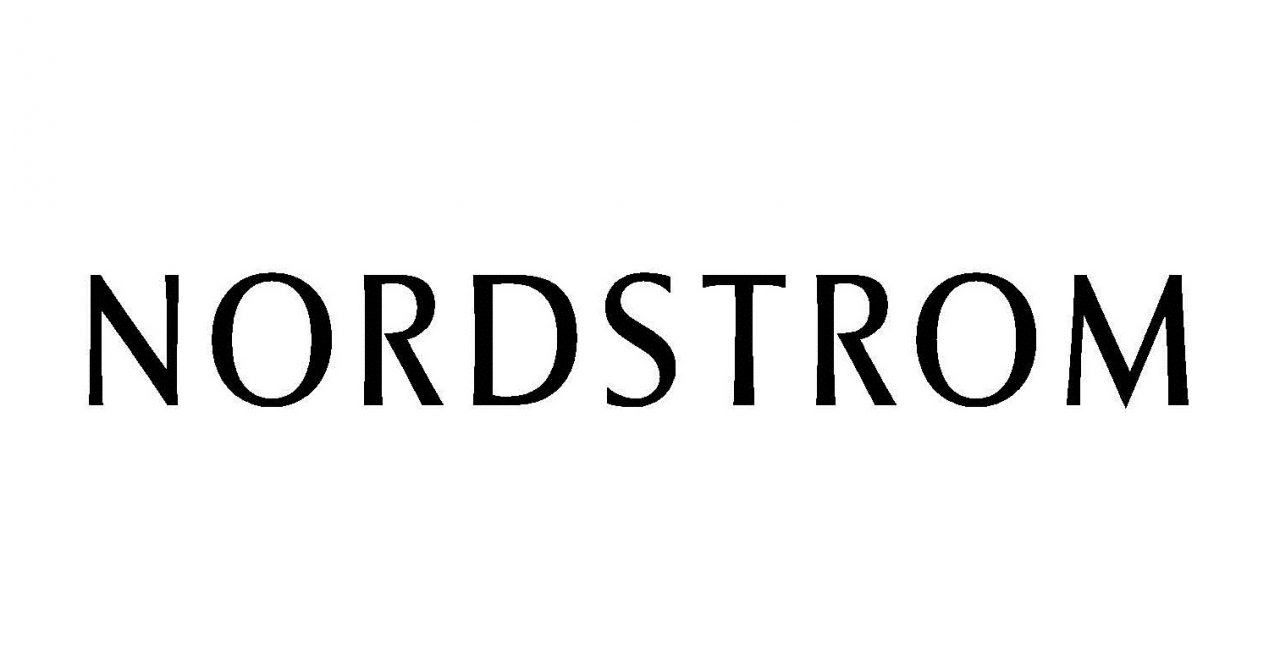Key Takeaways
- Eye-level signage is the most effective for capturing attention, making slatwall and tabletop displays ideal for product details and promotions.
- Entryways and checkout areas are prime spots for impactful signage, helping to guide customers, promote offers, and encourage impulse purchases.
- Window and outdoor signage attract foot traffic and extend brand visibility, with weather-resistant materials ensuring durability.
- Proper aisle and reception signage enhance navigation, branding, and customer experience by providing clear, engaging information.
- Strategic lighting, bold fonts, and consistent branding improve readability and effectiveness, while regular updates keep signage relevant.
The right sign in the right place makes all the difference. A poorly placed sign can go unnoticed, but a strategically positioned one grabs attention and boosts engagement. Whether you're showcasing products, sharing information, or reinforcing branding, sign placement is key. So, where should you put your signage for maximum impact?
Let’s explore the best locations to enhance product visibility and customer interaction.
1. Eye-Level Displays: Catch Attention Instantly
Eye-level is prime real estate for signage. Customers naturally focus on what’s right in front of them. Placing signs at this height ensures they are easily seen and read. Use slatwall sign holders for retail walls to display product details, promotions, or branding effectively. Tabletop sign holders also work well for checkout counters and service desks, providing key information without overwhelming the space.
Best Ways to Use Tabletop Signage:
- Highlight product features and benefits.
- Display QR codes for online engagement.
- Showcase reviews or testimonials to build trust.
- Use rotating or interchangeable signs for variety.
- Include pricing details for transparency.
2. Entryways: The First Impression Counts
Placing signs at entrances sets the tone for a customer's experience. Entryway signs can introduce promotions, store layouts, or brand messaging. Use slatwall and pegboard displays near entrances to showcase limited-time offers. This ensures customers see crucial information the moment they step in.
Best Practices for Entrance Signage:
- Use bold fonts and colors that catch attention.
- Keep messages short and to the point.
- Position signs at eye level for easy readability.
- Ensure signs are weather-resistant if placed outdoors.
- Use illuminated signage for visibility in low-light conditions.
3. Checkout Areas: Encourage Last-Minute Purchases
The checkout area is ideal for small but impactful signage. Customers waiting in line often glance around, making it a great spot for promotional messages. Countertop displays can highlight impulse-buy products, loyalty programs, or limited-time deals. Adding business card displays allows customers to grab a contact card, ensuring they remember your brand long after their visit.
Effective Checkout Signage Ideas:
- Promote seasonal offers or discounts.
- Showcase small add-on items with prices.
- Place business card displays for easy networking.
- Advertise gift card options for future purchases.
- Display return and exchange policies to provide clarity.
4. Product Aisles: Guide and Inform Shoppers
Well-placed signs throughout your store help customers navigate and make informed choices. Aisle signs should be easy to read from a distance, ensuring shoppers can quickly find what they need. Using sign holders & table tents within aisles ensures messages are clearly visible without disrupting the shopping experience.
Proper aisle signage creates an organized and efficient shopping experience, making it easier for customers to locate specific products.
Tips for Effective Aisle Signage:
- Use clear category names to direct customers.
- Highlight special deals to encourage sales.
- Ensure uniform signage for a professional look.
- Add QR codes for quick product details or digital coupons.
- Use color-coded signs to differentiate product sections.
5. Windows & Glass Displays: Maximize Visibility
If your business has large windows, use them to your advantage. Window signs and decals attract passersby and communicate key messages. Sign Holders & Table Tents can be used near windows inside your store to reinforce promotions. Window signage is one of the best ways to reach potential customers before they even step inside your store.
Key Benefits of Window Signage:
- Draw attention from foot traffic outside.
- Promote ongoing sales or events.
- Maintain brand consistency with clear designs.
- Use high-contrast colors for better visibility.
- Ensure readability by avoiding cluttered designs.
6. Outdoor Signage: Extend Your Brand’s Reach
Outdoor signs expand your business’s visibility beyond your store. A-frame sidewalk signs, banners, or directional signs help guide potential customers to your location. These work best in high-traffic pedestrian areas. Outdoor signs should be designed to withstand weather conditions and be placed strategically where they’ll receive maximum exposure.
Outdoor Signage Strategies:
- Place signs where they are easily visible from the street.
- Ensure materials are weather-resistant for durability.
- Use arrows or directional cues to lead customers inside.
- Keep messages concise and easy to read from a distance.
- Refresh signage seasonally to maintain relevance.
7. Reception Areas: Make a Strong Impression
Your reception area is a great place for professional branding. Here, you can use business card displays to provide contact details, appointment reminders, or promotional offers. Reception signage should reinforce your company’s professionalism while making visitors feel welcomed and informed.
Reception Signage Must-Haves:
- Branded welcome signs.
- Informational signs about services or policies.
- Engaging graphics to create a warm atmosphere.
- Digital screens for interactive or rotating content.
- Directional signage to help visitors navigate the space.
8. Restrooms & Waiting Areas: Unexpected but Effective
Believe it or not, restrooms and waiting areas offer prime signage opportunities. Since customers spend time in these spaces, they are more likely to read the information displayed. These areas can be used to reinforce branding or provide useful details about services and promotions.
Best Uses for Restroom & Waiting Area Signage:
- Promote membership programs or services.
- Display entertaining or educational content.
- Offer branded messaging for a consistent experience.
- Provide health and safety reminders.
- Use engaging visuals to make signage memorable.
Best Signage Practices for Maximum Effectiveness
- Keep it Simple: Cluttered signs lose impact. Stick to clear, concise messages.
- Use Bold Fonts: Easy-to-read text ensures your message reaches everyone.
- Strategic Lighting: Proper illumination enhances visibility and readability.
- Consistency Matters: Align sign design with your brand’s color scheme and theme.
- Update Regularly: Fresh, relevant signs maintain customer interest and engagement.
Make Your Signage Work for You
The best places to put signage include entryways, eye-level displays, checkout areas, and windows, as these spots ensure maximum visibility and impact. Knowing where to place your signage can make all the difference in how well your message is received.
Placing signs effectively takes strategy and intention. Without careful positioning, even the best signage can go unnoticed. Every sign placement decision should be made with customer interaction in mind to maximize effectiveness. Displays & Holders offers a range of high-quality solutions, from tabletop sign holders to top business card holders, helping you make the most of your display space. Contact us today at 714-527-1179 to find the perfect signage solution for your business!

